5 plants that say 'holiday season,' and how to care for them
Holiday horticulture tends to revolve around the same handful of plants. So if you don’t already have any or all of these five holiday plants, now is the time to get them:
Share:
More Stories
1:36

Sayville family's annual interactive Halloween display raising money for Long Island boy with cancer
10h ago0:26

NYC Columbus Day parade canceled due to nor’easter
18ds ago1:38

Fireworks light up the skies over Jones Beach for the Fourth of July
119ds ago1:17

Long Island communities celebrate Independence Day with patriotism and honors
119ds ago0:37

Nassau County holds countywide moment of silence for Memorial Day
158ds ago1:18

Freeport observes Memorial Day with annual parade
158ds ago1:36

Sayville family's annual interactive Halloween display raising money for Long Island boy with cancer
10h ago0:26

NYC Columbus Day parade canceled due to nor’easter
18ds ago1:38

Fireworks light up the skies over Jones Beach for the Fourth of July
119ds ago1:17

Long Island communities celebrate Independence Day with patriotism and honors
119ds ago0:37

Nassau County holds countywide moment of silence for Memorial Day
158ds ago1:18

Freeport observes Memorial Day with annual parade
158ds ago
Holiday horticulture tends to revolve around the same handful of plants. So if you don’t already have any or all of these five holiday plants, now is the time to get them:
PAPERWHITES
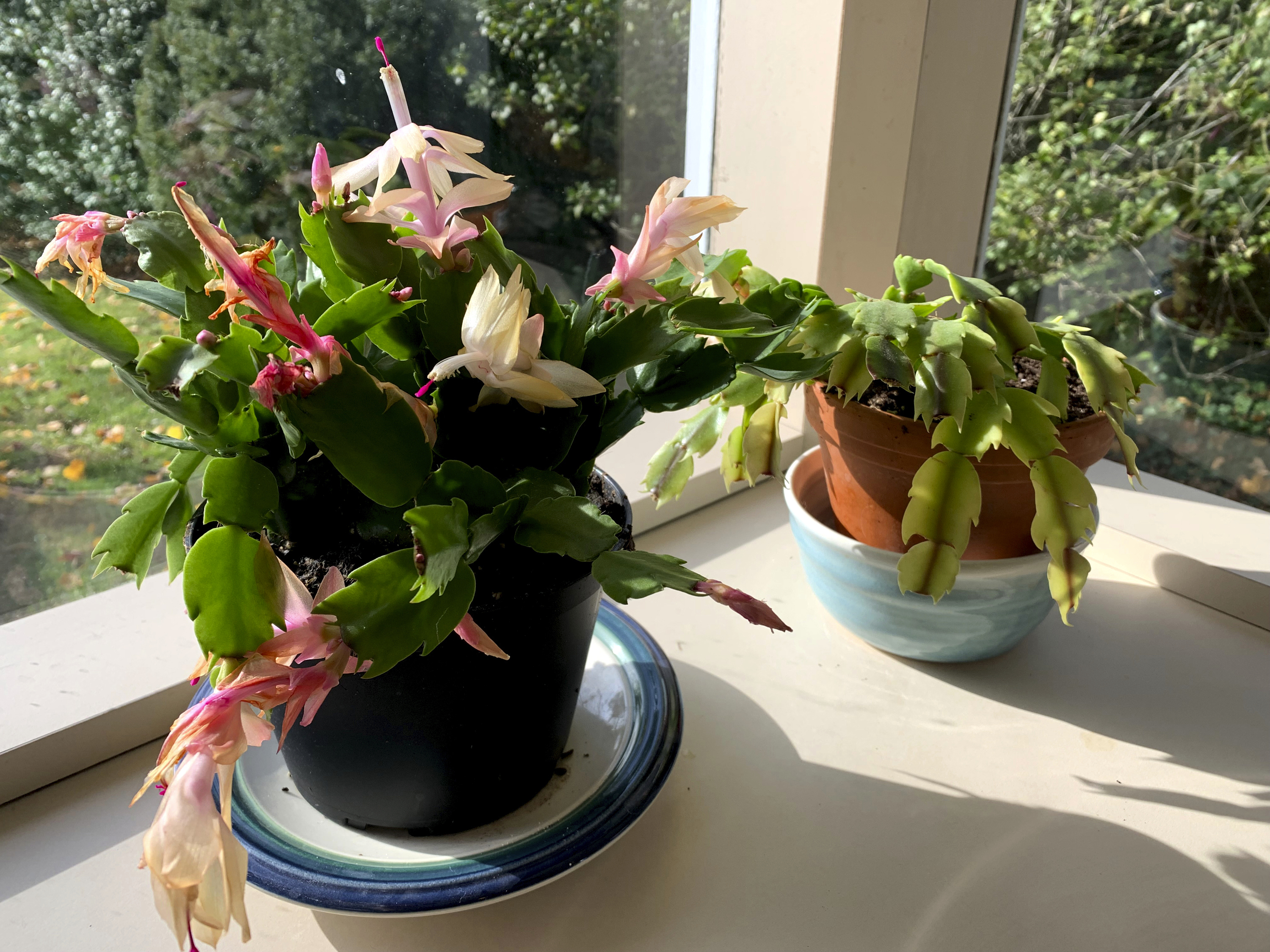 AP photo
AP photo
The bulbs of these daffodil family members are pre-chilled so they can be planted now and produce flowers in a month to six weeks. If you find them for sale, by all means buy as many as you can. The only caveat is that some family members may object to the unbelievably sweet smell of their blooms.
While you can grow these bulbs by siting their bases in just a bit of water, it is best to plant them in a shallow container of soil. They don’t need much water and will perform well if given the best light you have. If yours sprouts, you are guaranteed flowers, at least the first year. People usually toss them when they are finished, as they're unlikely to flower again.
POINSETTIAS
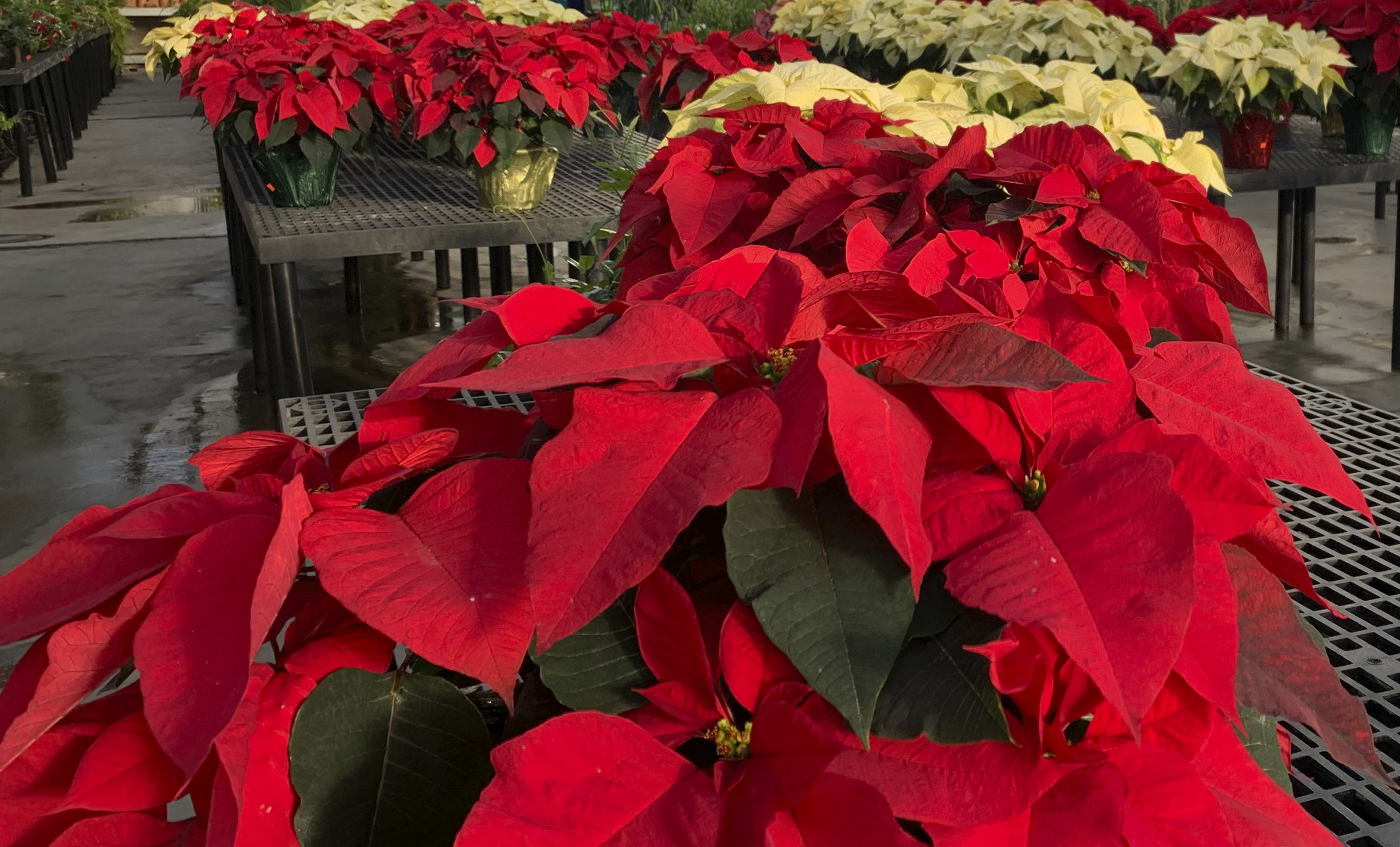 AP photo
AP photo
Poinsettias, of course, are for sale in all manner of venues this time of year. Many of us buy them, keep them for the next few weeks and then toss them. The trick is to keep them alive for the holiday season.
This requires first bringing the plant home with a minimum exposure to cold air. If you live in a cold climate, consider warming the car before transporting them. Once home, the plants should not be exposed to drafts from doorways or windows. Place them where daytime temperatures are between 65 and 75 Fahrenheit, and with 60 as an ideal night temp.
Soak the entire pot whenever the surface turns dry. Let them drain, and keep checking the soil surface for the next dunking.
Poinsettias should never sit in water, so if you want to keep the decorative foil that accompanies many of them, poke a hole in it to let water out.
CHRISTMAS TREES
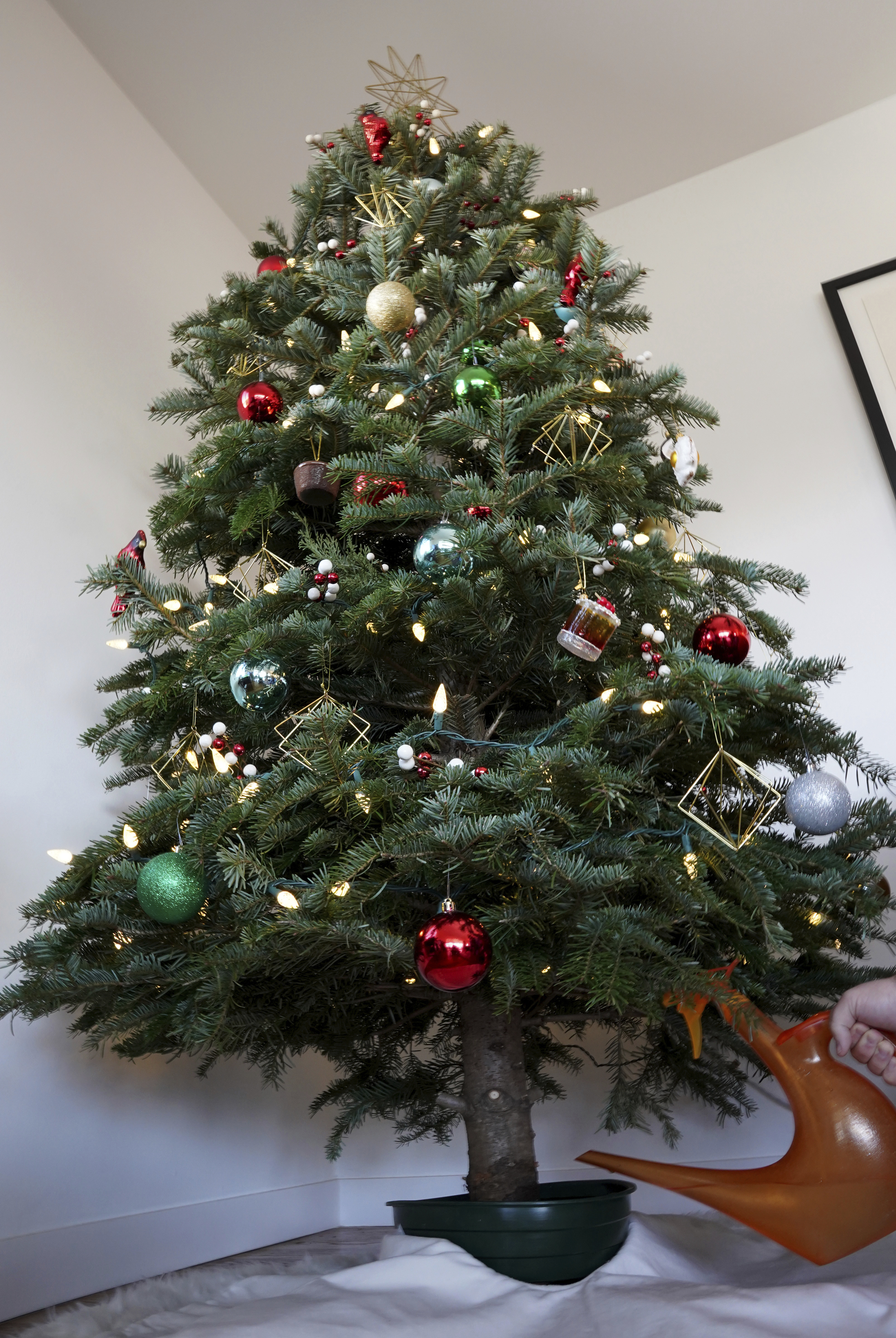 AP photo
AP photo
These, too, are their own gardening activity. Make sure your tree is kept in plenty of water and pay the strictest attention to safety rules if you use lights. After Christmas, look for a place that will chip up and recycle your tree, or place it in a back corner of your yard as cover for birds.
AMARYLLIS
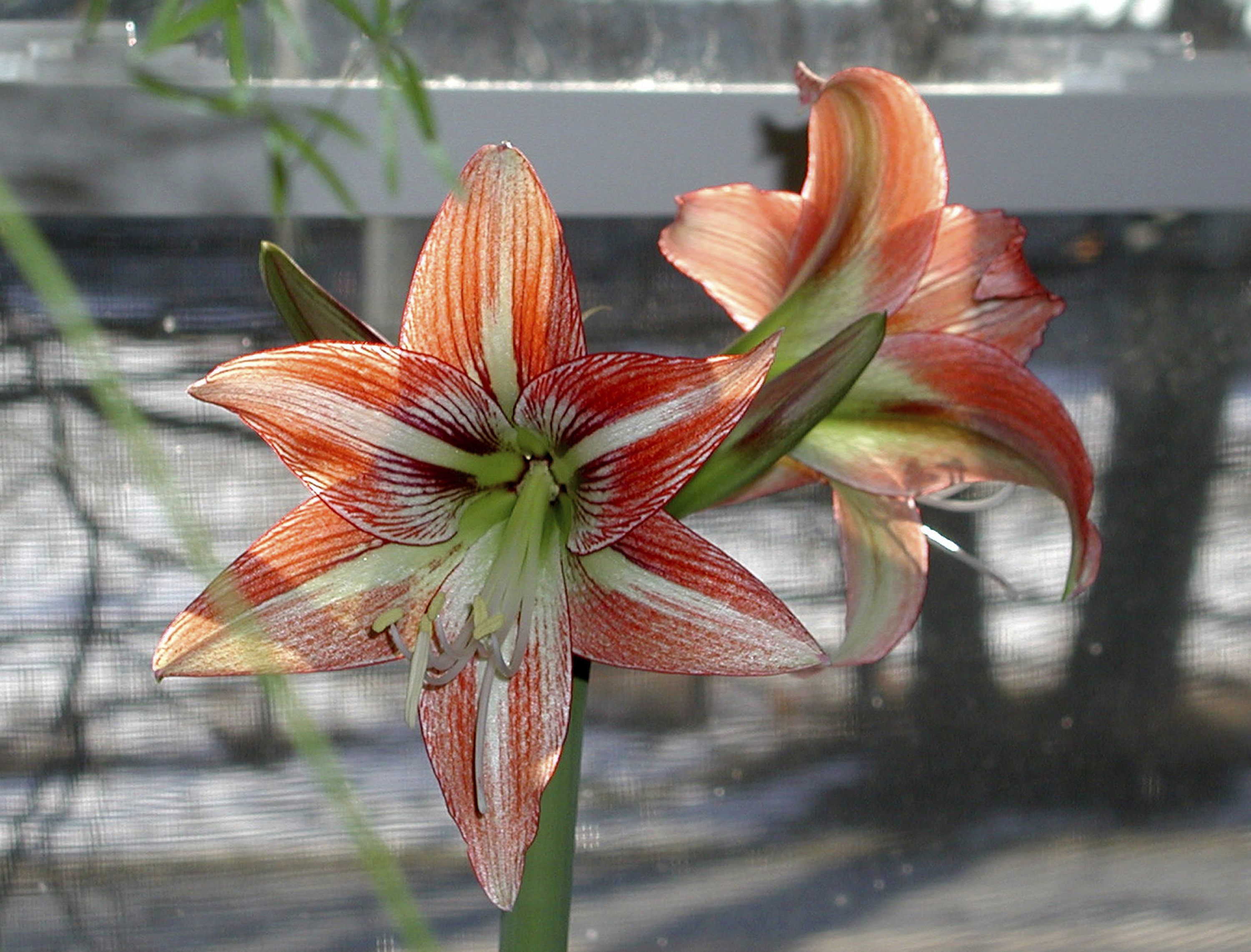 AP photo
AP photo
These are the easiest and showiest bulbs you can buy, and they produce the largest flowers you are ever likely to grow. They are usually sold together with pot and soil, and all you need to do is ensure yours is planted so that 1/3 of the top of the bulb is above the soil line.
Keep the plant growing right through summer. Then put yours into a cool, dark location so it goes dormant, to be brought out again next holiday season for flowering.
CHRISTMAS CACTUS
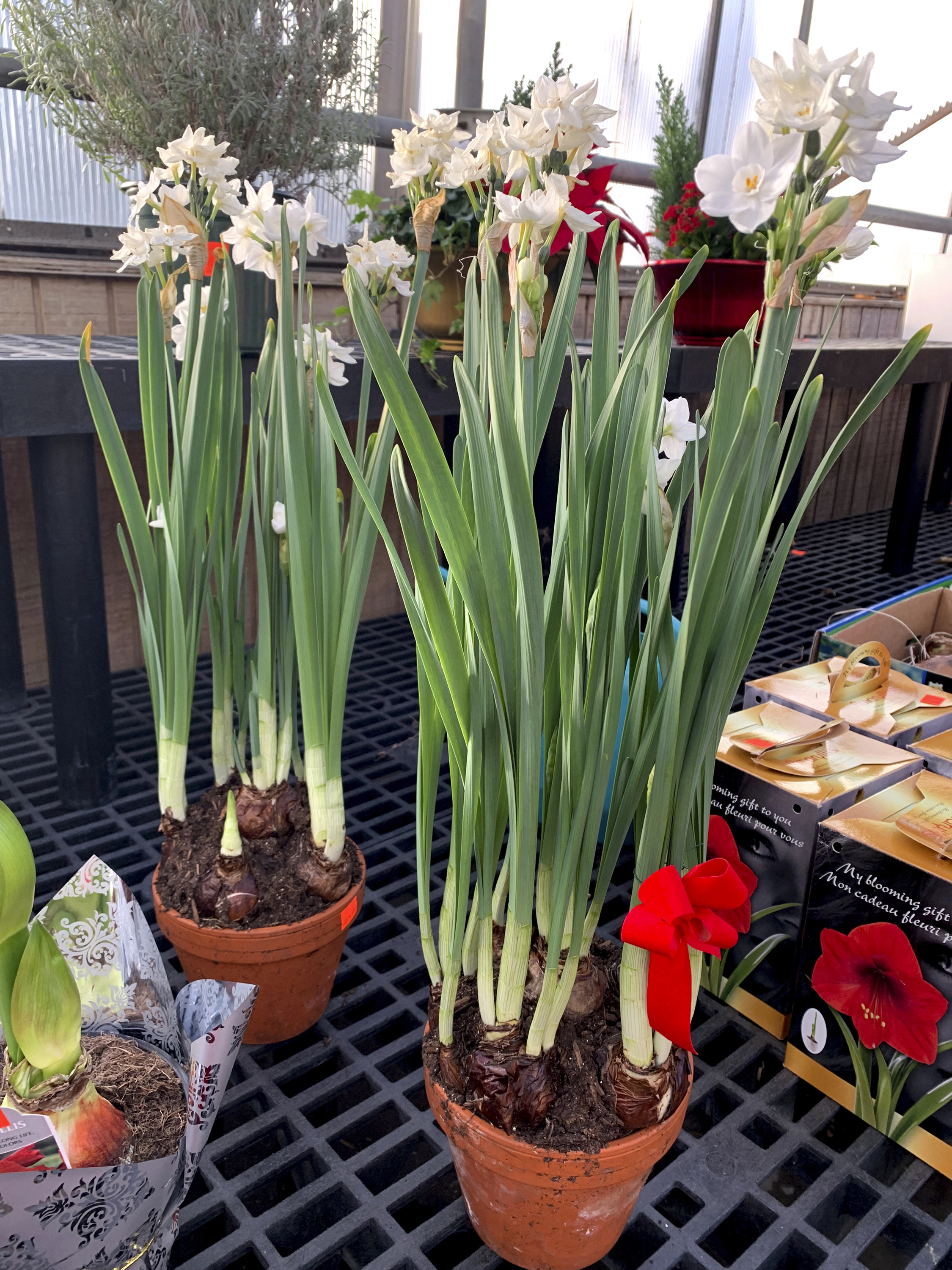 AP photo
AP photo
Christmas cactuses, Schlumbergeras, are another great plant that blooms during the mid-winter holidays. They will live for dozens of holiday seasons (some are passed on from one generation to the next) and bloom each year if exposed to shortening days. Rooting cuttings is easy using just a leaf, so it is not uncommon for a clone of the same plant to be in more than one family member’s home.
Christmas cactuses do best in bright light. When it is in bloom, a Christmas cactus should only be watered when the soil is dry. Too much water and the flowers will drop off, so this is one of those times when too dry is better than too wet.
The rest of the year, water by soaking the pot when the surface soil dries out. Next fall, give yours natural light and keep cool, up against a window, and they will bloom again.
More from News 12
1:53

Traffic issues persist after flooding damaged the Shinnecock Canal Bridge in Hampton Bays
2:08

WIND ALERT: Strongest wind subsides overnight; Use caution traveling
0:56

Trees down across Nassau County amid high wind
1:36

Man arrested and charged in string of burglaries in Nassau County
0:21

Babies in the NICU at Long Island hospitals get into Halloween spirit
1:55
